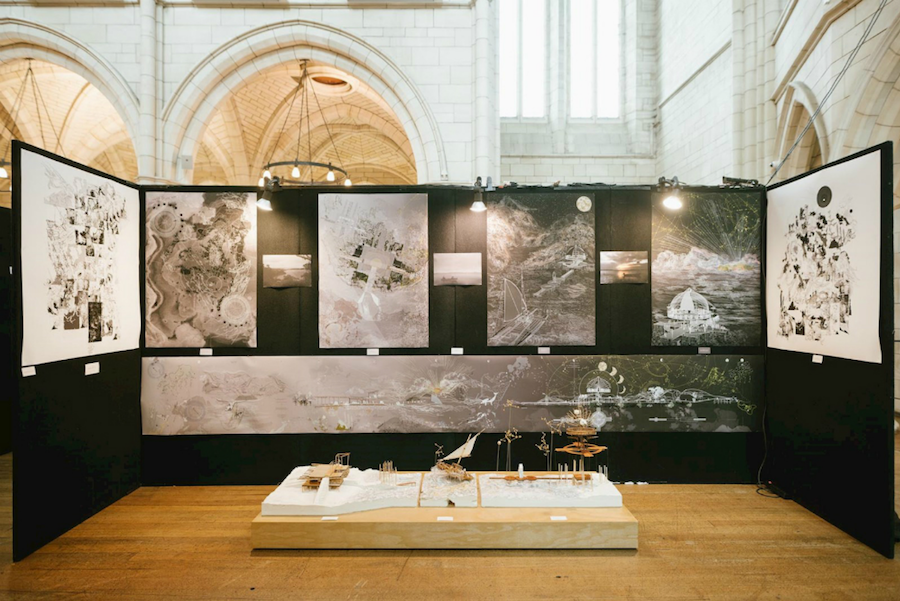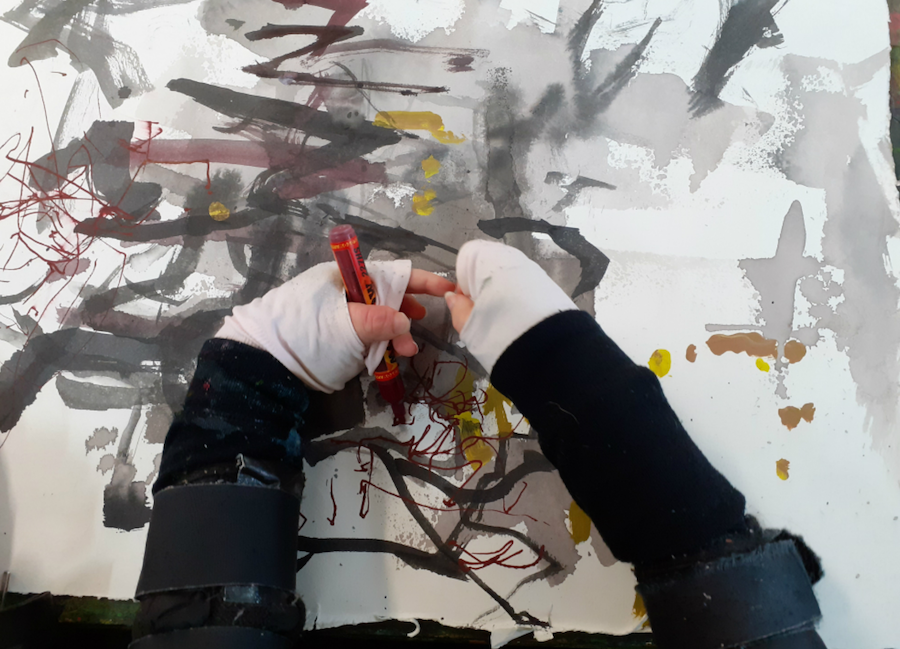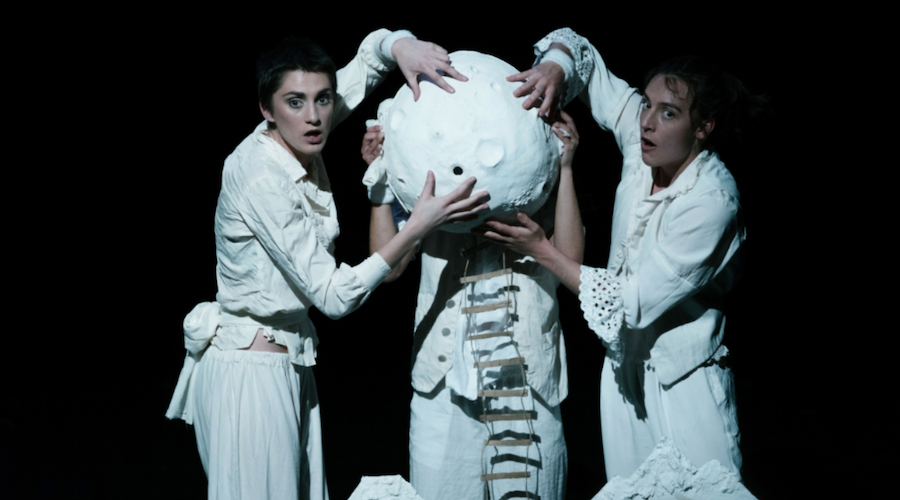After putting a call-out for their 10-month 2020 residency programme on The Big Idea, Auckland gallery Studio One Toi Tū received almost 80 applications from artists hoping to garner a studio space, and support towards a new project.
The five residents have just been announced. The gallery’s facilities manager, Siobhan Connelly, says the process of choosing the residents included a shortlist ‘using a set of selection criteria including judging whether the project would be logistically suitable for the spaces available’. She said it was important to consider whether the projects met the gallery’s aims of supporting works that are ‘bold and encourage community engagement’.
‘Once the shortlist has been narrowed down the final selection is made by a group of three judges, the Arts & Culture Programmer for Studio One Toi Tū, Anna Rae and two external judges from the creative sector. This year we were lucky to work with Qiane Mata-Sipu and Karl Sheridan, who through careful questioning and meaningful conversations were able to draw out the specifics in each project and understand how we were able to support them.’
Be specific about your goals
For artists applying to future residencies, she explains that it’s ‘important to really consider the application questions and to respond to everything, giving as much context as possible.’
‘If it’s a project-based residency then outline the specific goals of the project and how they are achievable within the boundaries of the residency. Some applications didn’t clarify their specific project goals and outcomes clearly enough,’ she says.
‘Perhaps the project was still in the ideas phase and hadn’t been fully fleshed out. In some of these applications is was hard to understand the outcomes of the project and how Studio One Toi Tū would be able to offer support.’
The benefits of a residency
She says residencies such as this are important, as it’s a chance to give artists time and space to develop their practice.
‘Uninhibited by other pressures they can fully immerse themselves into their creativity in a safe, welcoming space,’ she says.
‘We understand the importance of nurturing the creative process and a creative residency can provide a unique platform for artists to work while also developing connections with the wider community. As a team we feel a real sense of satisfaction through being able to offer such a great residency programme and support our creative community in such a meaningful way.’
 Work by artist Icao Tiseli. Photo/NZ Institute of Architects.
Work by artist Icao Tiseli. Photo/NZ Institute of Architects.
The importance of connection
Connelly says narrowing down the finalists was no easy task. Something the successful applications had in common was the personal and inclusive nature of their projects.
‘Whether inspired by personal or family experiences, stories from their wider community or exploring themes such as identity, ancestral roots, and a sense of belonging, all residents have a deep connection to their project goals,’ she says.
She adds that all of the residents were clear about their “aims to work collaboratively and to engage with the community with their bold and exciting ideas”.
‘Working collaboratively is a really important part of the process artists go through and it’s something we actively encourage and look for in the proposals.’
Meet the residents
Arts educator Andrea Gaskin’s work is focused on collaborative projects with community groups, using mediums such as clay, paint, and screen-printing. Andrea (who has also been part of The Big Idea’s, latest mentoring programme) is focused on making the arts accessible, and is at the helm of charity Connect the Dots, created to he with people who have dementia.
 Work by Sarah Holten Warren. Image supplied.
Work by Sarah Holten Warren. Image supplied.
Meanwhile, Tongan artist Icao Tiseli’s intricate work incorporates map-making as a form of language and storytelling to explore shared cultural histories and futures. This work incorporates land, sea, stars and architecture to explore concepts around discovery and identity.
Resident Sarah Holten-Warren’s exhibition is set to break new ground in Auckland’s art scene, and is made by utilising a communication device called a Tobii. Sarah has Rett Syndrome, which means she is unable to communicate verbally or use her hands for everyday tasks, so she uses a head pointer to create her expressive work.
 The Lunar Collective. Image supplied.
The Lunar Collective. Image supplied.
Emily Hurley, who is part of the women-led theatre company The Lunar Collective, will be working on a show inspired by grandmother, who was institutionalised in the 1960s with postpartum psychosis. Juliana Durán and Sandra Blanco (a psychologist and researcher) are two Columbian artists exploring themes such as identity and belonging using writing and sculpture.
A free ‘Meet the Residents’ talk will be held at Studio One Toi Tū on Tuesday, November 19. Find out more about the gallery at Studioone.org.nz.





